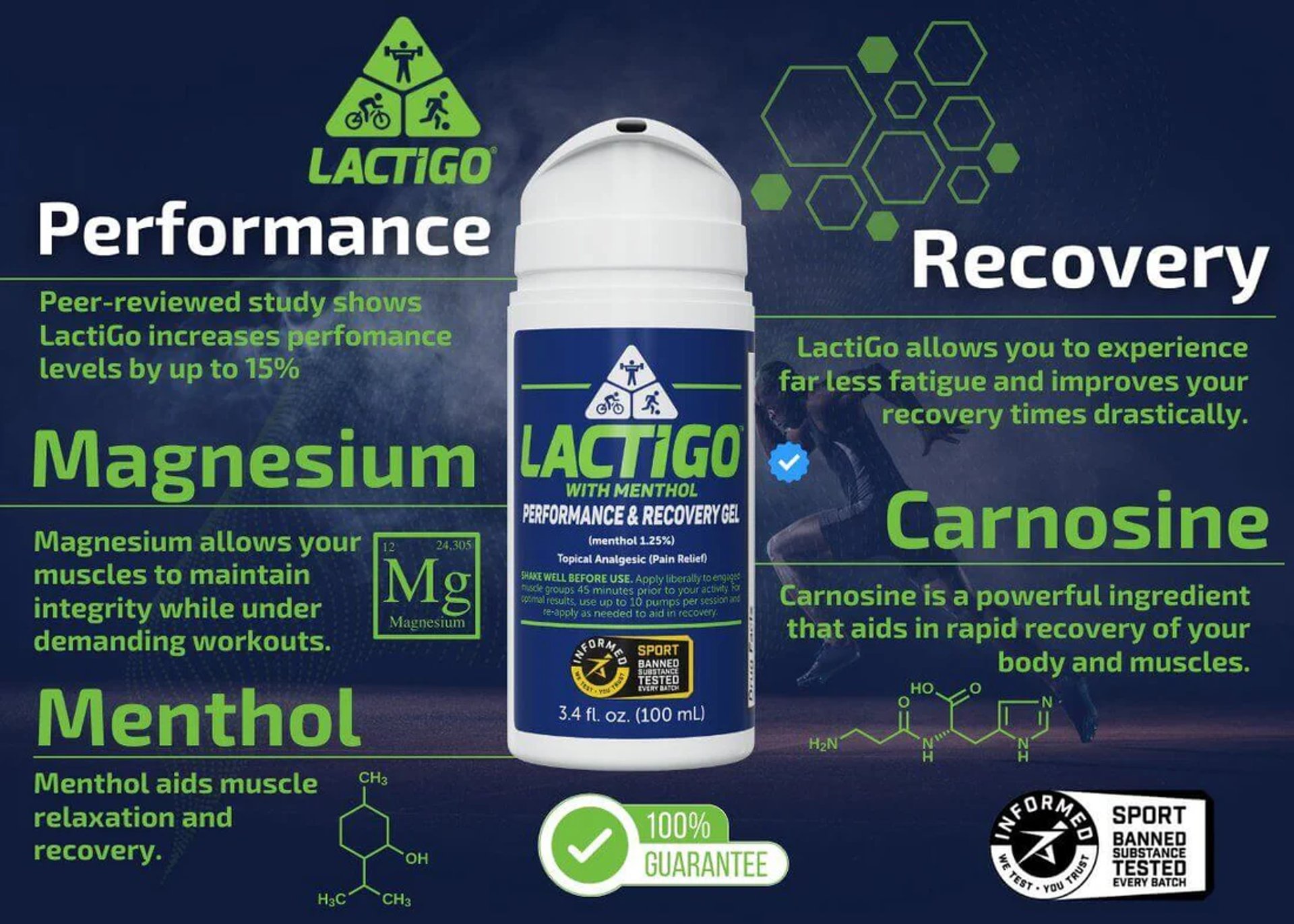
The active ingredient we want from our product is Carnosine, but there are other important ingredients needed to make the product what it is. Here is a breakdown of each ingredient.
1. Water (Aqua)
Function: Solvent and base for the gel.
Source: Natural (typically purified water).
Safety: Safe and essential; used in nearly all topical products.
Natural: Yes.
2. Glycerin
Function: Humectant (attracts moisture to the skin).
Source: Can be derived from plant oils (e.g., soy, palm, coconut) or animal fats; often synthetic in commercial products.
Safety: Generally recognized as safe (GRAS) by the FDA and widely used in skincare.
Natural: Yes, if plant-derived.
3. Ethoxydiglycol
Function: Solvent to enhance absorption of active ingredients.
Source: Derived from diethylene glycol.
Safety: Considered safe in low concentrations by cosmetic safety panels.
Natural: No.
4. Magnesium Sulfate
Function: Soothing agent, sometimes used to help with inflammation or muscle recovery.
Source: Naturally occurring mineral compound (commonly known as Epsom salt).
Safety: Safe and widely used topically.
Natural: Yes.
5. Carnosine
Function: Antioxidant, anti-glycation agent; aids in athletic recovery, neuroprotection, and muscle endurance.
Source: Naturally occurring dipeptide (beta-alanine + histidine) found in animal tissues (especially muscle and brain).
Safety: Safe; found in human physiology.
Natural: Yes (but often synthesized for supplements/creams to avoid animal sourcing).
6. Xanthan Gum
Function: Thickener and stabilizer.
Source: Naturally produced by fermenting sugar with Xanthomonas campestris bacteria.
Safety: Safe; used in food and skincare products.
Natural: Yes (fermentation-based).
7. Phenoxyethanol
Function: Preservative to prevent microbial growth.
Source: Originally derived from green tea, but now lab-produced.
Safety: Considered safe in concentrations under 1% by FDA and EU regulators; some concerns exist about overuse or irritation in sensitive individuals.
Natural: No.
8. Caprylyl Glycol
Function: Skin-conditioning agent and mild preservative.
Source: Naturally derived from coconut or palm kernel oil, but often lab-modified.
Safety: Safe and commonly used in "natural" cosmetics.
Natural: Semi-synthetic.
9. Sorbic Acid
Function: Antimicrobial preservative.
Source: Naturally found in some berries but typically synthetically produced for commercial use.
Safety: Approved by the FDA; low toxicity; effective at preserving products.
Natural: No
Since this technology was created in 2017, it has been very rare to create any side affects at all. It is not contrindicated to use with medications either.
INGREDIENT BREAKDOWN
LACTIGO INGREDIENT COMMITMENT
Every ingredient that comes into contact with your body reflects our uncompromising commitment to quality, purity, and performance.
Vegan-Friendly & Non-GMO:
Our signature ingredient, Carnosine, is 100% vegan-friendly and non-GMO — ethically produced without animal by-products or genetic modification.
Pharmaceutical-Grade Quality:
We source only high-purity raw materials that meet strict pharmaceutical standards, ensuring consistency, potency, and safety in every batch.
Precision Processing:
Each formulation is produced in GMP-certified facilities with meticulous quality controls and traceability from raw material to finished product.
Science Meets Sustainability:
We choose environmentally responsible suppliers and manufacturing partners who share our vision for innovation without compromise.
Pure ingredients. Proven science. Unmatched results.
That’s the LactiGo promise.
The Science & The Story of Lactigo
The Revolutionary Lactigo Delivery System Has Arrived. Never before have water-based molecules been able to be effectively absorbed through the skin into the blood... until now.
© 2025. All rights reserved.
Join our VIP facebook community
You'll be able to see all the incredible experiences LactiGo customers are having and be first in line for awesome deals.


